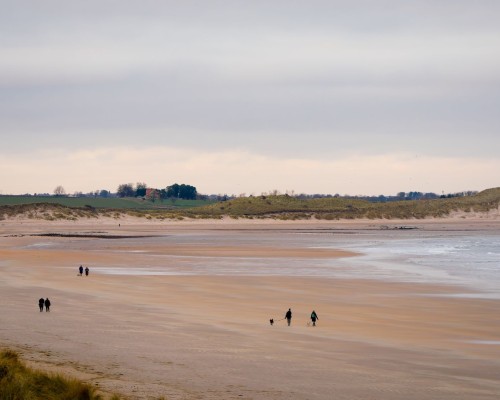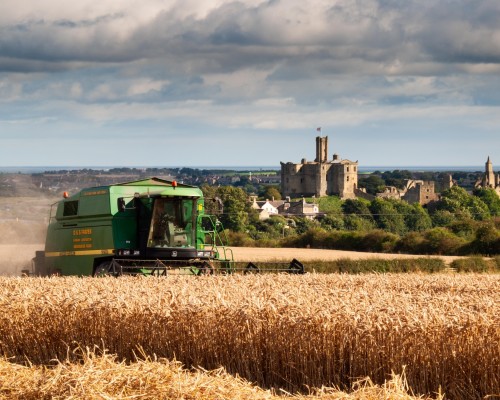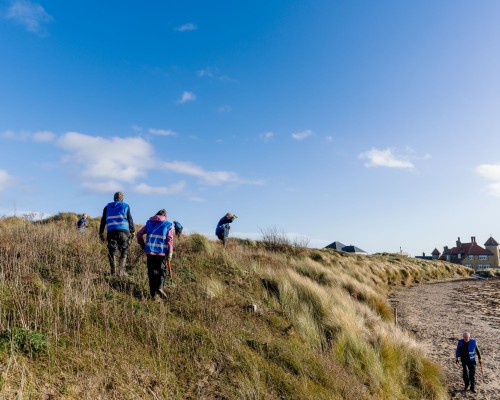The National Landscape is a living, working landscape with 70% of the land being farmed. This protected landscape comprises small, mixed and larger agricultural farms. These farms provide a rich mosaic of habitats for a wide variety of wildlife, including wintering waders and wildfowl, Brown Hare, Barn Owl, frogs, toads and dragonflies.
Without farmers, who farm the land, maintain the fields and habitats, and contribute to the local economy and visual fabric of the area, the future and the landscape could look quite different.
The Defra-funded programme Farming in Protected Landscapes (running from 2021-2025) has meant we’ve been able to support farmers with undertaking unique projects around themes of climate, nature, people and place
The sea has always been central to how people have lived and worked in the landscape, with records showing industrial scale fishing operations around Holy Island controlled by the religious community there. Harbours at Craster, Beadnell and Seahouses are still active while now dominated by leisure as opposed to the once thriving fishing industry. The coble, a local fishing boat, with a distinctive flat bottom enabled fishing out from shallow bays such as Boulmer, Embleton and Newton.
Today, fishing continues to be part of the local economy, with boats heading out from Amber, Craster, Beadnell, Seahouses and Holy Island.












